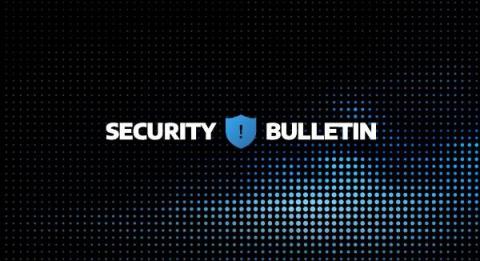Arctic Wolf Observes Akira Ransomware Campaign Targeting SonicWall SSLVPN Accounts
On August 22, 2024, a remote code execution vulnerability (CVE-2024-40766) was disclosed in SonicOS, affecting a selection of SonicWall firewall devices. At the time of disclosure, active exploitation was not known and no proof-of-concept exploit was publicly available. As of September 6, 2024, however, the security advisory has been updated with additional details, indicating that the vulnerability is potentially being actively exploited.










